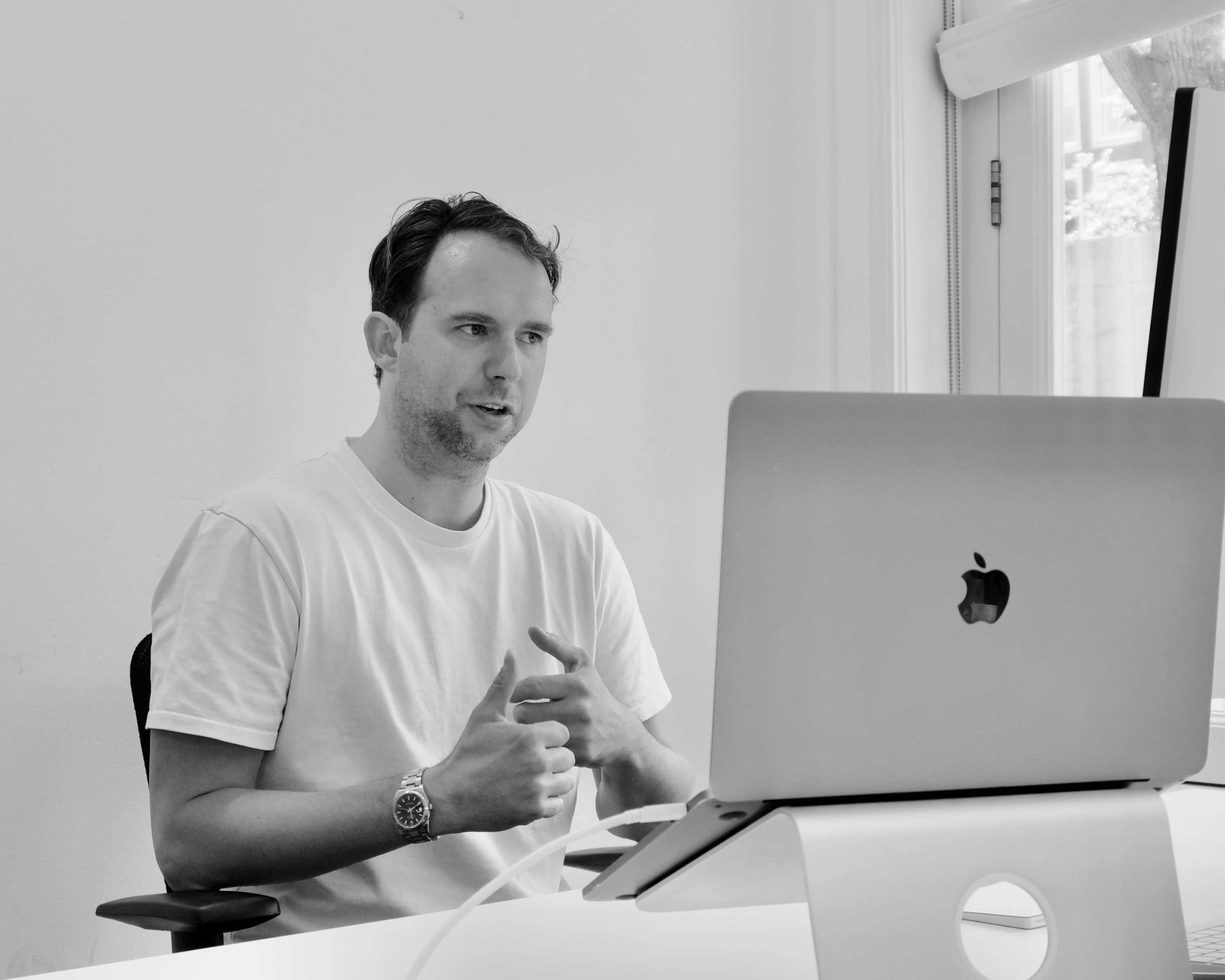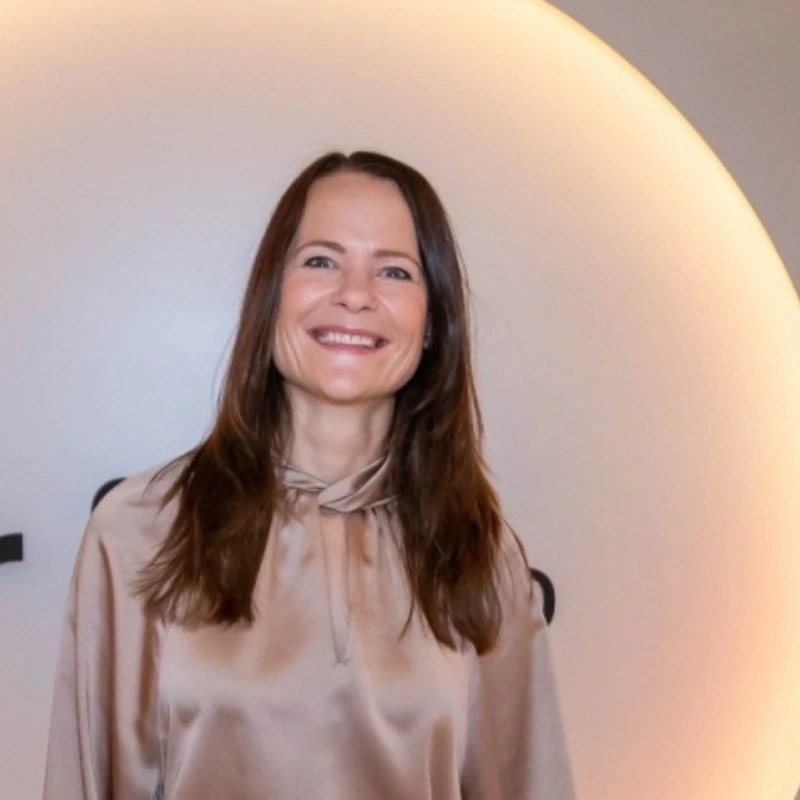Saving or investing: what should I do?
When it comes to building wealth for the future, saving and investing are two central options. But what exactly is the difference between the two? How do inflation and the time factor influence your choice? And what kind of return can you expect from saving versus investing? In this article, we answer these questions and help you make an informed choice. Because let's be honest: your savings should not remain idle in the bank as if they are already retired!
What is the expected return on savings and investments?
Return is the profit on your investment. With savings, the return is the interest you receive on your savings account. That interest has been very low in recent years – often somewhere between 0% and 2%, depending on the economy and the bank. Saving therefore yields limited growth. With investing, on the other hand, the return can vary greatly, depending on how much risk you take and market developments. Returns between 0% and 30% per year occur in the investment world, especially if you look at longer periods. Of course, the higher the return, the higher the risk usually is.
We like to say: investing is like gardening – with a little patience, a small plant can grow considerably! (Whereas saving is more like a plant in a pot that grows slowly, unless you give it a lot of time.)
What does the past say about saving and investing?
Historical data shows that investing over the long term has almost always yielded a higher return than saving. For example, the S&P 500 index (a well-known stock index) has never had a negative total return in periods of 20 years, while savings rates over those same periods have often remained stable but low.
Investing naturally involves risks in the short term – prices can fall. However, these risks become considerably smaller as your investment horizon lengthens. In other words, the longer you invest, the greater the chance that dips in the market will later be compensated by increases.
Have you ever thought: “Investing seems so risky!” Then remember that in the long term, the market is often patient and wise. A bit like a wise old owl – it calmly flutters through short-term unrest and eventually lands wisely (read: the market has historically always recovered and grown over sufficient years).
What is the risk of inflation?
Inflation is the silent killer of your purchasing power. It means that money becomes less valuable as the prices of goods and services rise. For example: if you have €10,000 in a savings account with 1% interest, but the inflation rate is 2%, you are actually losing purchasing power – your money is not growing fast enough to keep up with the higher prices.
So, with saving, you run the risk of your assets shrinking in real terms, despite the nominal amount remaining the same or growing slightly. With investing, you generally have a better chance of keeping up with or beating inflation, because the expected return is higher than inflation, especially in the long term with stocks. Of course, investing is not a guarantee, but historically it is one of the few ways to truly outsmart inflation.
You can think of inflation as that annoying aunt who comes to visit uninvited: you didn't ask for it, but you have to deal with it. Investing can help you keep at least a cookie with your coffee despite her arrival!
Advantages and disadvantages of saving and investing
Let's compare directly. Below we list the main advantages and disadvantages of saving and investing:
Advantages of saving:
- Very safe: Your money is secure and you cannot have fewer euros than you invested (with a Dutch bank, up to €100,000 is even guaranteed via the deposit guarantee scheme).
- Liquidity: You can access your savings whenever you want, without loss of value (at most you miss some interest if there are restrictive conditions).
- Simple: Anyone can open a savings account, no complicated knowledge is required.
Disadvantages of saving:
- Low return: Savings rates are often low, and sometimes lower than inflation, which reduces your purchasing power.
- Inflation risk: As mentioned, your money loses value in terms of purchasing power if prices rise faster than your savings interest.
- Limited tax benefits: Apart from some exemptions, there is little tax benefit to regular saving; wealth tax can even negate some of your interest.
Advantages of investing:
- Higher potential return: Especially in the long term, investments can yield significantly more than savings. Your assets can grow with the economy and corporate profits.
- Protection against inflation: A good investment portfolio grows faster than inflation on average, increasing or maintaining your purchasing power.
- Tax advantages for pensions: If you invest for your pension through certain tax products (such as annuities or pension investments), you may receive tax benefits.
Disadvantages of investing:
- Investment risks: The value of investments can fluctuate. In the short term, you can suffer (significant) losses if the market falls.
- Complexity: There is a little more to it than saving; you have to take into account risk diversification, costs, your risk profile, etc. (Fortunately, Vive can simplify much of this for you!).
- Costs: Investing often involves costs (transaction costs, fund costs). Although these are often low with index investing and new platforms, it is still something to keep an eye on.
(Tip: Always ensure you have a solid financial buffer for emergencies before you start investing – see our blog about this, internal link, so you don't run into problems if the washing machine breaks down while your money is tied up in investments.)
How does a long investment horizon help reduce risks?
The investment horizon is the amount of time you plan to invest your money before you need it. The longer your horizon, the more risk you can generally take, because you have time to ride out any setbacks. A long horizon significantly reduces the risk of loss.
Why? Anything can happen in the short term – markets can fall due to crises, pandemics, political events. But over, say, 15 or 20 years, those individual events are often small bumps in an upward trend. Historically, broad stock markets have almost always provided a positive return over periods of 15-20 years.
Here are some example situations of different investment horizons and what your strategy might look like:
- Short term (0-3 years) – Example: You are saving for a down payment on a house or a planned major expense within a few years.
Strategy: Because the horizon is short, the risk is high that you will have to sell at a bad time. For such goals, it is often recommended not to invest or only to a very limited extent. Saving or very safe investments (such as a deposit, short-term bonds or money market fund) are more logical here, so that the amount is certainly available when you need it. - Medium term (3-10 years) – Example: You are setting aside money for your children's education that starts in 5 or 8 years, or for a trip around the world in about 7 years.
Strategy: With a medium-term horizon, you can consider a mixed portfolio. For example, a mix of stocks and bonds. For example, you could do 50% stocks / 50% bonds for a 10-year horizon, or 30% stocks / 70% bonds for a shorter medium-term goal. This way you have growth potential, but also a significant amount of stability to absorb shocks as the goal gets closer. - Long term (10-20 years) – Example: You start investing for your retirement around the age of 30, or you put money aside for your children who will be leaving home in about 15 years.
Strategy: With a long horizon, you can focus more on growth because you have time to ride out interim market declines. A portfolio with a higher percentage of equities is common (e.g. 70-100% equities, the rest bonds or real estate) because over 15+ years the chance is high that equities will compensate for their volatility with growth. You can add some bonds for balance, but the emphasis may be on return. - Very long term (20+ years) – Example: You are in your early 20s and are already starting to invest for supplementary pension or a distant future, or you are investing with the idea of later transferring assets to your children.
Strategy: With such a long investment horizon, you can invest almost entirely in growth. After all, you have decades. A portfolio with mainly shares (and possibly real estate, index trackers worldwide) fits in with this. The long term offers the possibility to maximize the benefits of compound returns. Short-term risks matter much less, because you have more than enough recovery years. - Lifelong horizon – Example: You build up capital that you may invest for the rest of your life and only partially use when you retire, or even want to leave behind.
Strategy: This strongly depends on your age and goals. In the beginning, you can invest very aggressively (a lot of equities). As you get older, you can gradually become more defensive (slightly more bonds) to protect your accumulated profit, especially for the part that you need yourself. For the part that you want to leave to heirs, you can possibly remain aggressive if they can also invest it for a long time. Customization is important here.
Every investment horizon requires its own approach and strategy, taking into account your financial goals, risk tolerance, and how much time you have to make up for any setbacks. The longer the horizon, the more volatility you can tolerate, because temporary declines are often offset later by the market.
So what can you do? That's up to you
Saving and investing each have their advantages and disadvantages, depending on your financial goals and risk appetite. Saving is safe and maintains your nominal amount, but currently offers little return and inflation nibbles at the value. Investing can yield higher returns, especially over the long term, and helps to stay ahead of inflation - but involves short-term fluctuations and risks. Time is your friend here: a long horizon makes investing safer and more effective.
Whatever you choose, it is important to understand how factors such as time and inflation affect your final assets. Take the time to list your goals and determine how much risk you are willing to take for them.

maak een afspraak
Klaar voor een moderne oplossing voor pensioen of vermogen? Maak vrijblijvend kennis met Vive en ontdek wat kan - voor jouw organisatie.
Complex pensioen, simpel uitgelegd - weet direct waar je staat
Persoonlijk gesprek voor jouw situatie en die van je werkenemers
In 30 minuten meer duidelijkheid dan uren googlen
Alle ruimte voor vragen aan onze ervaren pensioenexperts









